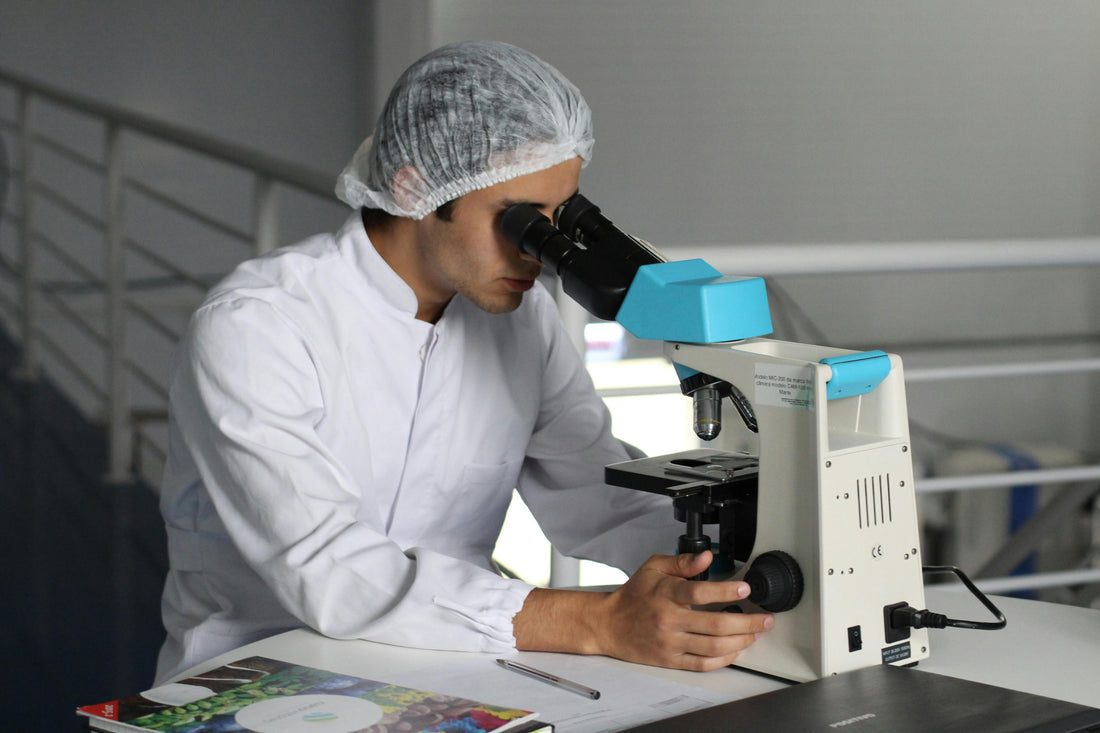
New Protein Map Offers Breakthrough in Understanding Cell Structure
Share
Introduction
Understanding how the tiny parts of our cells work together is key to solving big health problems like cancer or genetic diseases. But most of the cell’s inner workings still remain a mystery. A new project is helping change that by creating a detailed map of human cells using advanced tools.
A Big Step in Cell Science
Researchers used two powerful methods: one that looks at where proteins are inside cells using special imaging (called immunofluorescence), and another that studies how proteins interact with each other (called mass spectrometry). By combining these two, they were able to study over 5,100 proteins in human cells and group them into 275 different “assemblies” or clusters.
These clusters help scientists see which proteins work together and where they are located in the cell—like teams working in different departments of a factory.
Why This Matters
Before this, most studies only used one method at a time. But this new map puts both types of data together, creating a clearer and more complete picture of the cell. It shows how small protein groups connect to larger structures like the nucleus, mitochondria, and endoplasmic reticulum.
The map even revealed new functions for 975 proteins—many of which were previously not well understood. For example, one protein called C18orf21 might help process RNA, while another, DPP9, may help control immune responses.
Helping Cancer Research
One of the most exciting parts of the project is how it helps in understanding cancer. The team looked at DNA from 772 childhood cancer samples and found 21 protein groups that were often changed in these cancers. This kind of information can help identify new cancer-related proteins and possible treatment targets in the future.
Making Science More Accessible
To make this map useful to other scientists, the team created an online tool called the Cell Visualization Portal. This lets anyone explore the data and learn about protein functions, locations, and interactions. There’s also a toolkit available so that researchers can build their own cell maps or add to this one.
Conclusion
This new cell map is a big leap forward in understanding how our cells are built and how they function. By combining different types of data and using smart computer tools, scientists are opening new doors to discover how cells work—and what goes wrong in disease. It’s not just about making pretty maps—it’s about making science that can save lives.
